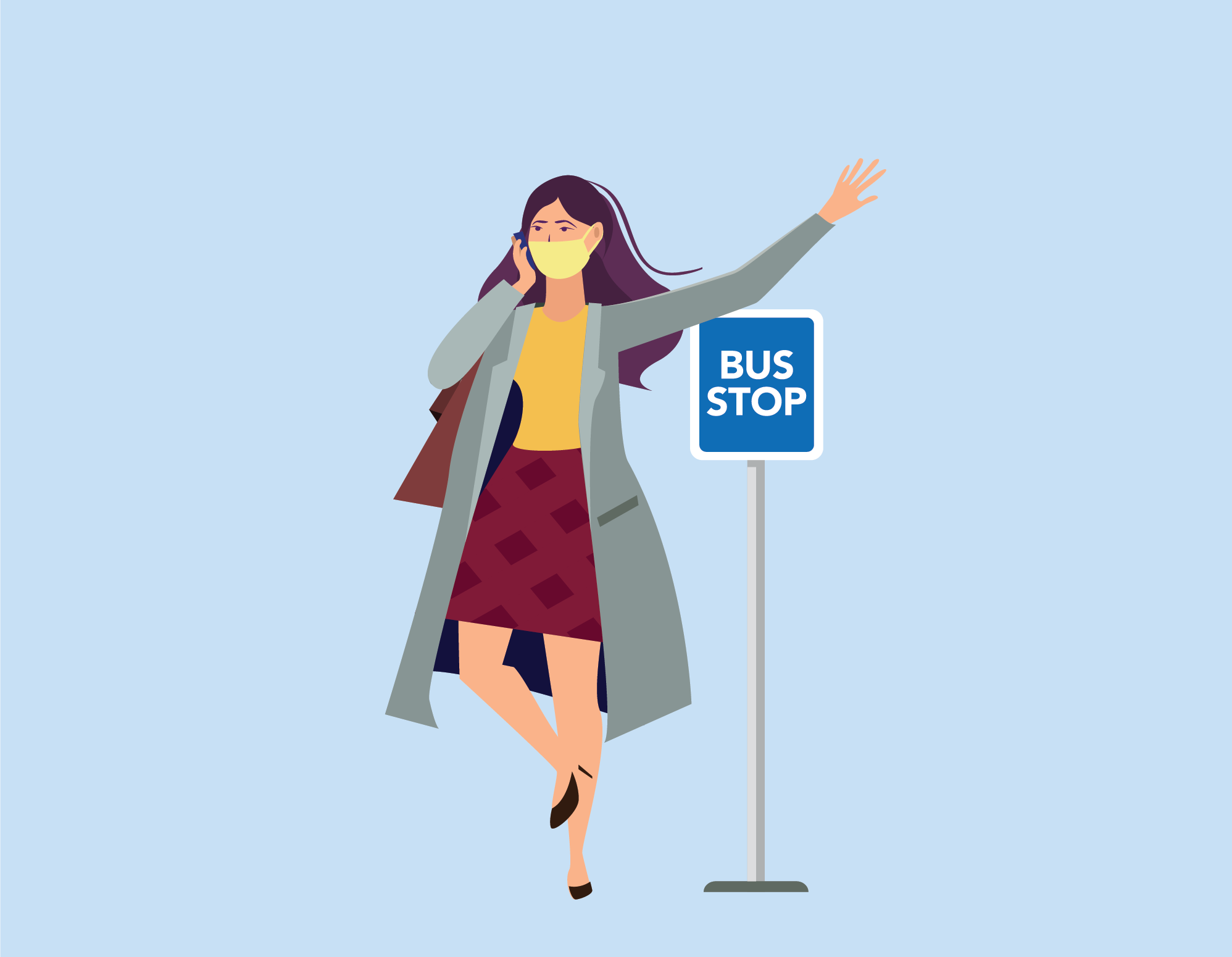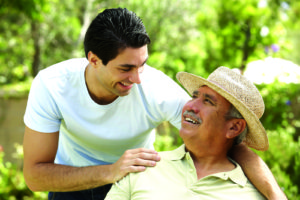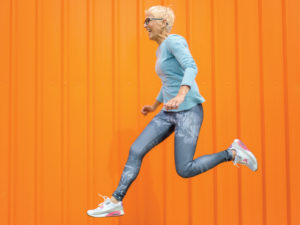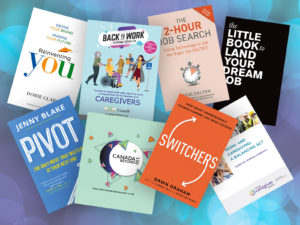RETURNING TO THE WORKPLACE DURING COVID-19
BY CRYSTAL GONDER
Following months of quarantine, with regions across the province entering a new phase of re-opening, many family caregivers are experiencing increased fear and anxiety as restrictions ease.
If you are a primary caregiver returning to the workplace or looking for employment, potentially exposing your vulnerable, aging, or ill loved one to the virus can be very distressing. Similarly, if you put in-home services on hold, or your loved one’s care needs have changed, you may be reluctant to welcome home care providers—nurses, personal support workers, rehab therapists—into your (or your loved one’s) home.
We spoke to VHA Home HealthCare to learn more about what home care organizations are doing to keep their staff, service providers, clients and families safe, to help you confidently decide what is best for you and your family.
VHA Home HealthCare (VHA) has been closely monitoring the COVID-19 situation and is carefully following the guidance of Public Health Ontario, including the regularly updated Infection Prevention and Control (IPAC) standards for home care. VHA cannot speak on behalf of other home health care organizations. The information below reflects the procedures in place for VHA Home HealthCare and its staff and service providers.
Home health-care as an essential service
Long-term care facilities and other congregate living settings have been hit particularly hard by the COVID-19 pandemic. Recent data from the National Institute on Aging shows that 82 per cent of corona- virus deaths in Canada have occurred in nursing and long-term care homes. The safest setting to receive care is often in one’s own home and this is even more true now as older adults and those with chronic health conditions are more vulnerable to COVID-19.
The top priority for home care organizations is keeping clients, families, staff and service providers protected. Infection prevention and control measures are a critical part of regular procedures, and like all health and community care providers, home care has adjusted to meet the need for even stricter health and safety measures and to quickly respond to public health recommendations during this time.
The safest setting to receive care is often in one’s own home and this is even more true now as older adults and those with chronic health conditions are more vulnerable to COVID-19.
What can I expect from my care provider?
Physical distancing is particularly challenging in home care, with many tasks that require close contact such as bathing, grooming and feeding. To continue to provide these services and also keep everyone safe, staff and service providers are required to:
- Self-screen for symptoms every day and stay home if they are sick.
- Screen clients prior to every visit.
- Perform frequent and careful hand hygiene.
- Keep a distance of two metres or six feet from others, whenever possible.
- Wear a mask when they are providing care and can’t physically distance. Many care providers also wear a face shield when providing close care.
- Use full personal protective equipment including gloves, gown, mask and face shield when providing care for anyone who has any symptoms of COVID-19.
Some home care services can also now be provided virtually, by phone, or by videoconference. Talk to your service provider to see if this is available in your situation.

What can I do to protect my family during and after visits?
Infection prevention and control is a joint responsibility and we all play an important role. It is a good idea to question and screen everyone that comes into your home. You are also welcome to ask your service provider about their organization’s infection control protocol—they should be happy to review these efforts with you.
Practicing good hand hygiene is the most important thing we can all do to keep ourselves safe. Wash your hands often with soap and water for a duration of 20 seconds. You can also use alcohol-based hand sanitizer if hands are not visibly soiled. It is also a good idea to regularly clean and disinfect frequently touched areas such as phones, light switches, door knobs, appliance handles, keyboards, toilets and sinks.
Can I ask my service provider to have a COVID-19 test?
Many home care organizations support testing as an important strategy to fight the spread of COVID-19 and have been involved in advocating to make testing widely available. Testing is currently available for:
- All people with at least one COVID symptom, even if it is mild.
- People who are concerned that they have been exposed to COVID-19.
- People who are at risk of exposure to COVID-19 through their employment, including essential home care workers.
Currently, testing is voluntary and an individual’s test result is confidential personal health information that is shared only at the discretion of the individual. Workers do not have to share personal health information with their clients. It is also important to know that testing provides a “one-point-in-time result” and what a test shows today may not be the status tomorrow or the next day. While testing is a crucial part of limiting community spread, infection prevention and control education, symptom screening,
physical distancing, environmental cleaning and especially good hand
hygiene are also important ways to prevent transmission.
Can I request that my home care worker wear a mask?
Clinical evidence indicates thatCOVID-19 is contact/droplet spread, which means it is spread through direct and indirect contact and through respiratory droplets from actions such as sneezing and coughing. While physical distancing assists in controlling spread, keeping six feet or two metres apart can be difficult due to the nature of health care work.
For this reason, the use of personal protective equipment is important for staff and client protection and to minimize anxiety. Many home care organizations require service providers to always wear a mask when they are providing close client care (within six feet or two metres) and the use of face shields is also recommended. You and your loved one are also welcome to wear masks during your home care services.
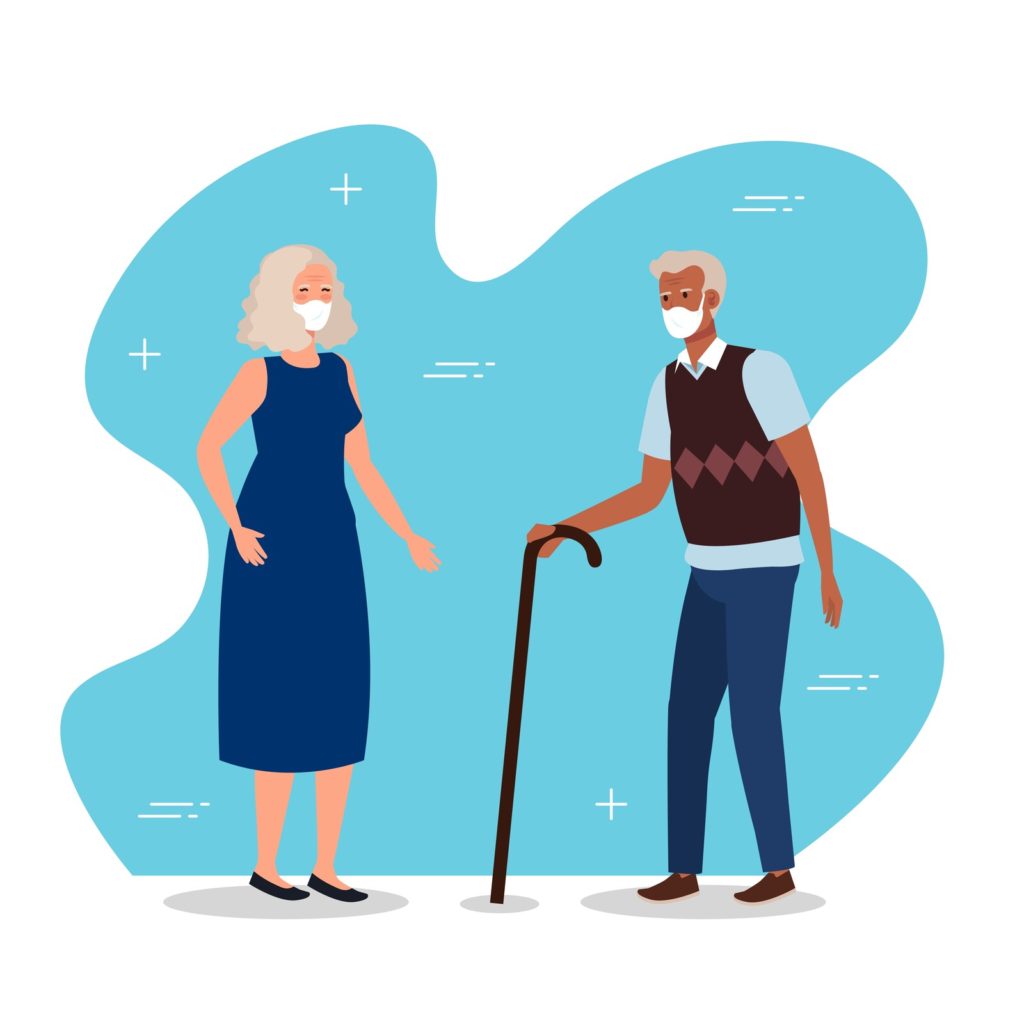
Can I request that we only have one service provider?
Due to the nature of home care and the shortage of home care workers, it is often not possible for home care organizations to have only one service provider visit each client. Efforts are made to have the same workers regularly visit clients as this has many benefits, but the complexity of travel, caseloads, childcare demands and individual care needs can make this challenging.
What can I do to protect the person I am caring for if I am no longer able to isolate at home?
It can be overwhelming to resume travel on public transportation, share a workspace and be in regular contact with other people, especially when you are caring for a vulnerable loved one. These precautions will help minimize your risk of exposure:
- Monitor your health and watch for symptoms of COVID-19 including:
- Fever
- Cough
- Shortness of breath
- Unexplained fatigue
- Headache
- Difficulty swallowing
- Unexplained runny nose
- Unexplained nasal congestion
- Sore throat
- Diarrhea
- Chills
- Conjunctivitis (or pink eye)
- Decreased smell or taste
- Nausea or vomiting
- Abdominal pain
- Sudden non-itchy rashes (in children).
- If you have symptoms, self- isolate and stay home. Call Telehealth, your local public health unit or primary health care provider.
- Practice good hand hygiene. Wash your hands often with soap and water for a duration of 20 seconds. You can also use alcohol-based hand sanitizer if your hands aren’t visibly soiled.
- Continue to practice physical distancing as much as possible during your commute and in the workplace.
- Wear a mask when keeping your distance from other people is a challenge (follow guidelines).
- Avoid touching your face.
- Practice proper respiratory etiquette. Sneeze or cough into a tissue or the bend of your elbow.
- Practice good environmental cleaning. Clean and disinfect frequently touched surfaces regularly, including phones and keyboards.
- If possible, aim for one person at a time in elevators, bathrooms, kitchens and common areas, or allow for at least six feet of distance while in motion.
- Wait on stair landings for safe passing in stairwells and avoid hallway meetings/chats.
As recommendations continue to change rapidly, your home health care organization and care provider will keep you updated if there are
any changes to infection prevention
and control practices.

Crystal Gonder is the Communications Consultant for VHA Home HealthCare.

